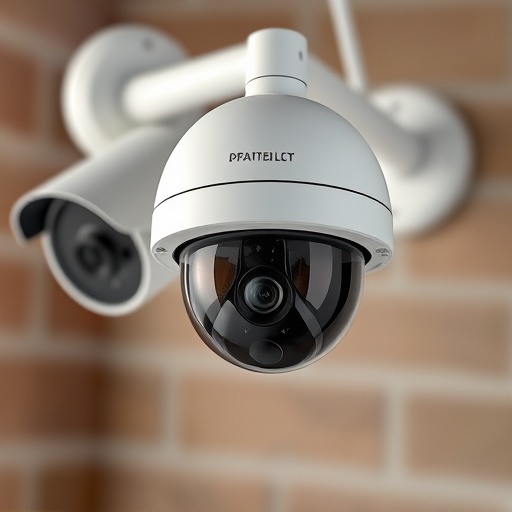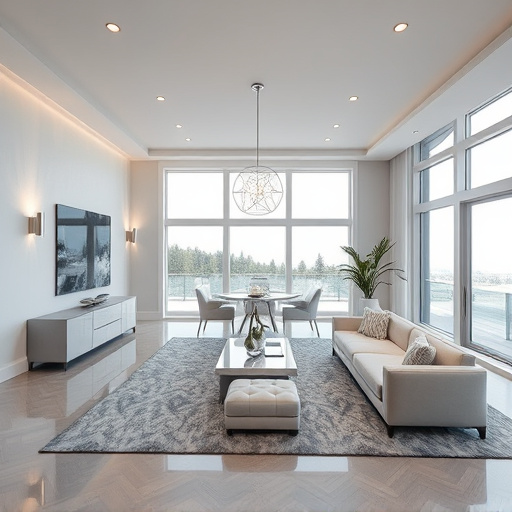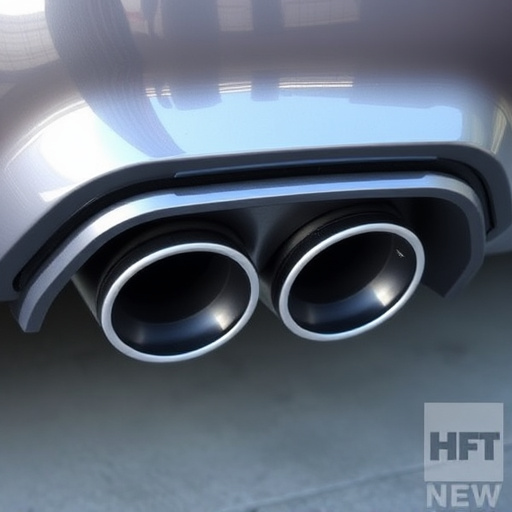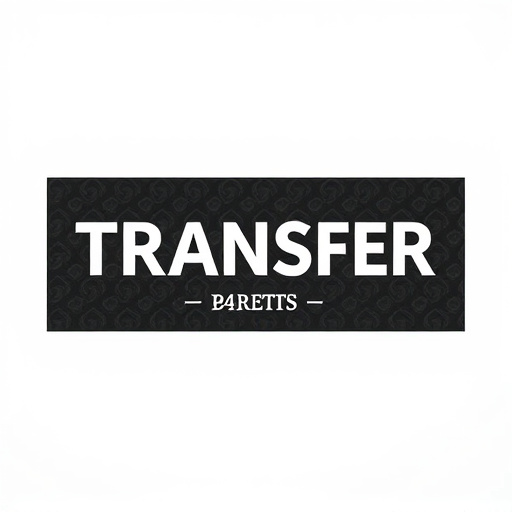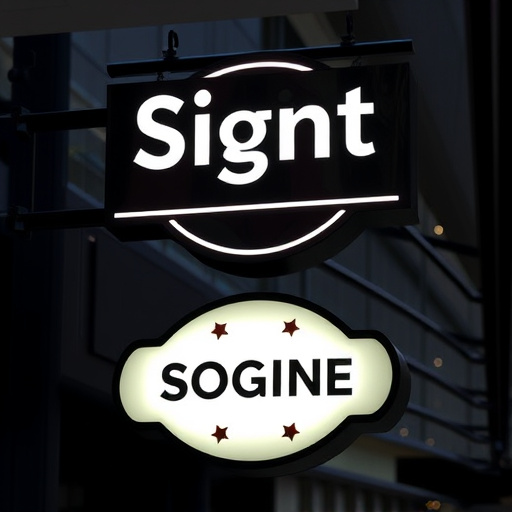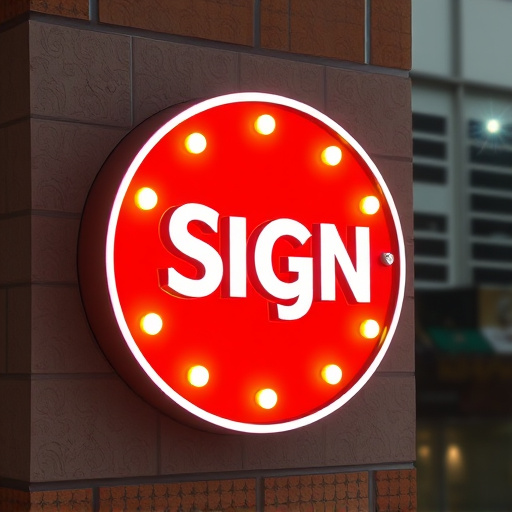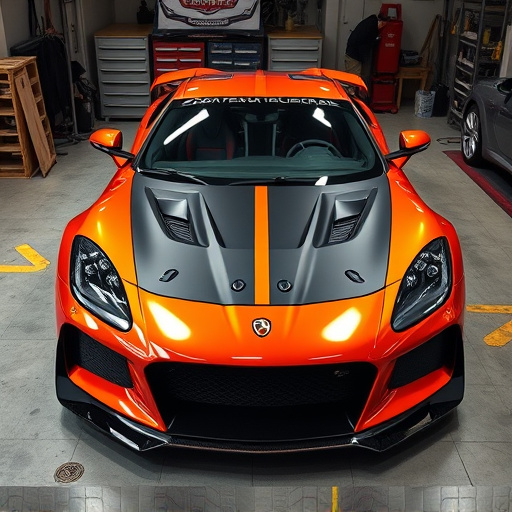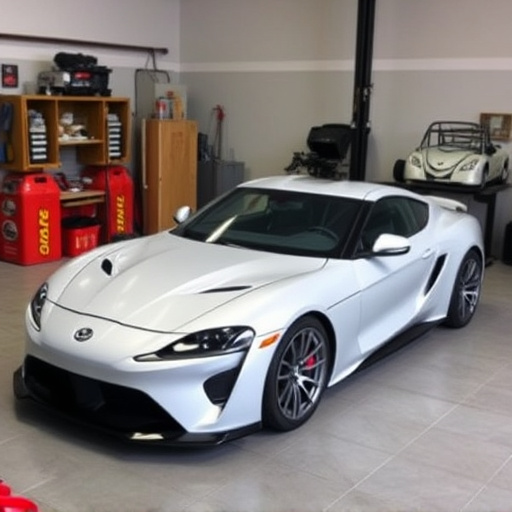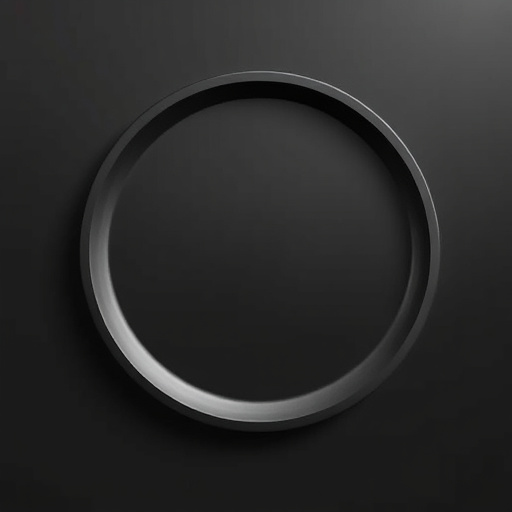Business card design goes beyond aesthetics, leveraging visual psychology to create lasting impressions. Effective designs use familiar hierarchies and contrasting colors to draw attention to key information while ensuring readability. Emotional responses triggered by colors, strategic layout, and professional typography reinforce brand identity. Scratch protection and other durable materials enhance quality and longevity, making business cards powerful networking tools that effectively communicate brand essence.
The power of a business card extends far beyond mere contact exchange. Effective design taps into the psychology of perception and cognition, evoking emotions and reinforcing brand identity. This article delves into the science behind successful business card design, exploring how color, typography, layout, and visual hierarchy capture attention and leave lasting impressions. We’ll uncover strategies for readability, usability, and leveraging innovative features like QR codes, ensuring your cards make a memorable impact.
- Understanding User Perception and Cognitive Processing
- – How people subconsciously process visual information
- – The role of color, typography, and layout in capturing attention
Understanding User Perception and Cognitive Processing

Our brains are incredibly efficient processors, constantly interpreting visual cues to form impressions and make decisions—often within fractions of a second. This is why business card design goes beyond mere aesthetics; it taps into the psychology of perception and cognitive processing. When a potential client or partner flips over your card, their eyes subconsciously scan the layout, colors, and typography before making a judgment about your brand or service. Effective design leverages this process by employing familiar visual hierarchies, using contrasting colors to draw attention to key information, and ensuring readability across various distances and lighting conditions—all of which can enhance positive user perceptions.
Moreover, considering how users interact with physical cards, materials play a significant role. The tactile experience of vinyl wraps or the cooling effect of heat rejection technologies in window tinting might seem unrelated, but they actually contribute to the overall sensory impression. A well-designed business card could incorporate these innovative materials not just for their functional benefits like durability or UV protection, but also to create a memorable, pleasant touch that resonates with recipients and solidifies your brand identity in their minds.
– How people subconsciously process visual information

Our brains are incredibly adept at processing visual information, often unconsciously sifting through details and forming impressions in a fraction of a second. When it comes to business cards, this means that design elements like color, layout, and typography can significantly influence how a person perceives a brand or individual. Effective business card design taps into these subconscious processes, creating an immediate connection and leaving a lasting impression.
For instance, research shows that colors evoke emotional responses and can even influence decision-making. A well-chosen color scheme on a business card can convey professionalism, creativity, or reliability—all while keeping the recipient’s attention focused on essential information. Similarly, the placement of elements, such as using negative space to highlight key data, can guide the eye naturally, making the card easy to scan and remember. These subtle yet powerful tactics ensure that your business card design goes beyond mere aesthetics, becoming a strategic tool in networking and leaving a lasting visual impact, whether it’s for automotive detailing services or innovative window tinting solutions.
– The role of color, typography, and layout in capturing attention

The visual elements of a business card play a pivotal role in capturing the recipient’s attention and leaving a lasting impression. Color is a powerful tool that can evoke emotions and convey brand identity. A well-chosen color palette can make a business card stand out, with contrasting colors drawing focus to essential information. Typography, too, is critical; the font choice reflects professionalism and can enhance readability. A clean, modern typeface conveys modernity, while a classic, elegant font exudes tradition and trustworthiness.
Layout is another aspect that significantly influences how a business card is perceived. A well-structured design ensures that key details like names, titles, and contact information are easily scannable. Custom graphics can add a unique touch, but they must be used judiciously; intricate designs can be visually distracting unless balanced with simplicity. Features like scratch protection or ceramic coating might not be directly related to aesthetics, yet they contribute to the overall quality and durability of the card, ensuring it makes a long-lasting impression in the hands of potential clients or partners.
Effective business card design goes beyond aesthetics; it leverages psychological principles to create lasting impressions. By understanding how people subconsciously process visual information, designers can strategically employ color, typography, and layout to capture attention and facilitate memory retention. A well-designed business card becomes a powerful tool for building connections and fostering professional relationships, ensuring your brand and contact details leave a lasting mark on potential clients and partners alike.
